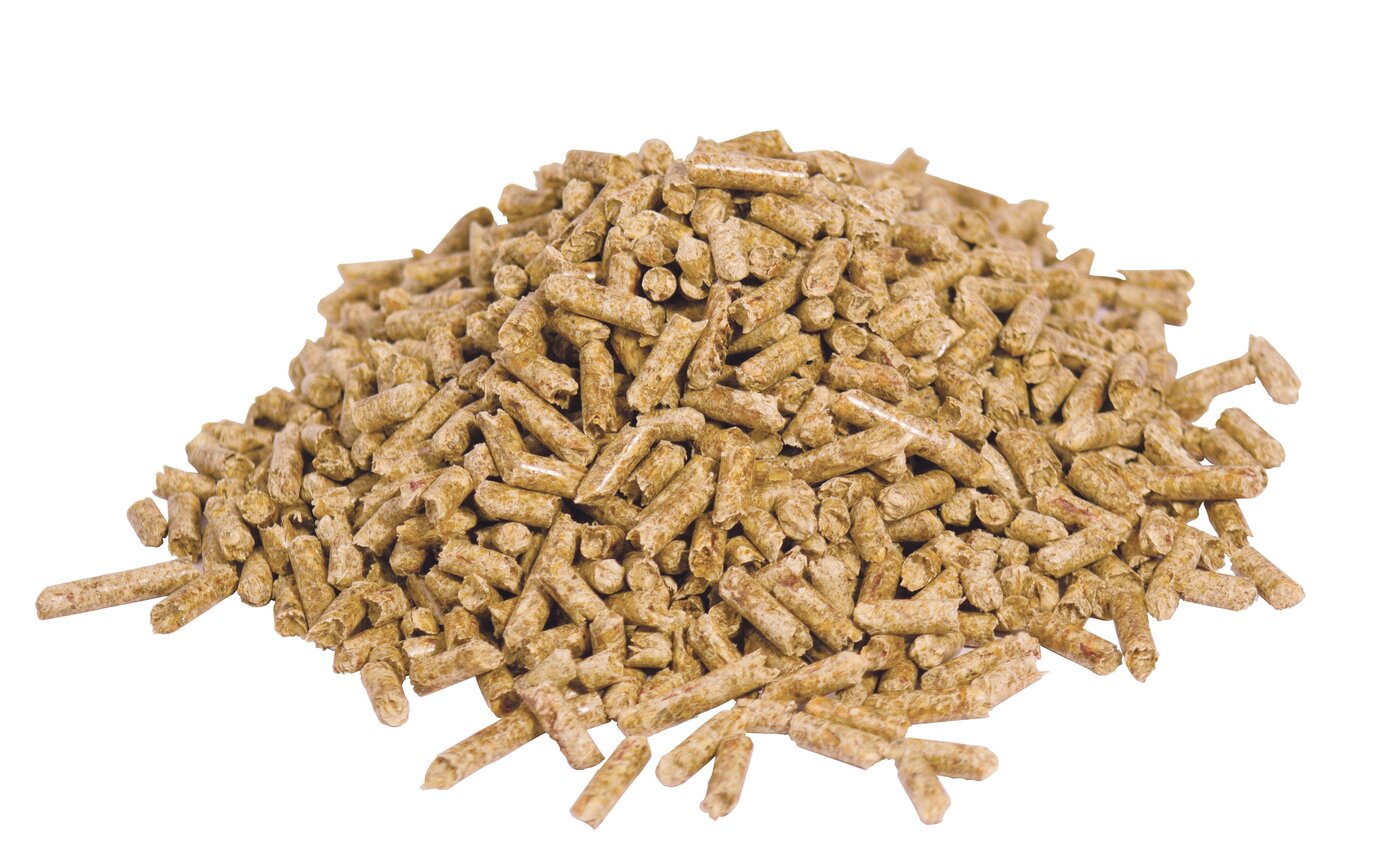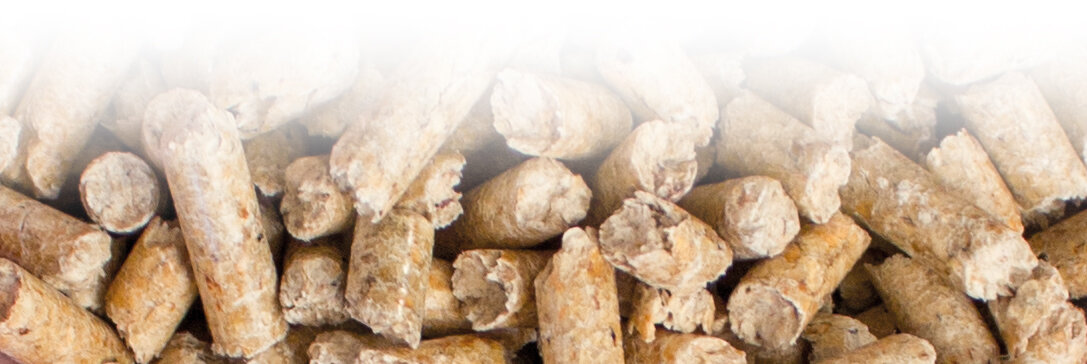Contact us 01531 584000
Opening Hours: Mon - Thu 9 - 4:30 Fri 9 - 1 Closed 20 December - 4 JanuaryFor Emergency Help over Christmas please use the Contact form

Wood pellets are small, typically 6mm in diameter and up to 15mm long, made from processed sawdust and wood chips. These materials are dried, heated, and compressed. Under high heat and pressure, lignin, the natural binding agent in wood, softens, allowing the wood fibers to be shaped and pressed into pellets.
Pellet-burning boilers offer a similar level of control to oil and gas appliances, making them an appealing option for many. Unlike logs, wood pellets can quickly regulate heat, allowing the system to be switched on or off as needed. An intelligent pellet transfer system moves the fuel from storage to the combustion chamber as required. A sensor controls the air supply, ensuring automatic ignition, and the system continuously adjusts heat output based on demand. Pellet-burning systems can be used to heat anything from a single room to an entire home or commercial space.
The benefits
Fully replace fossil fuelled boilers
Fully automatic control/feed systems
Automatic ignition and cleaning
Less bulky fuel and cleaner than log or wood chips
Boilers suitable for all size applications
Running costs are stable and reliable
Supports UK economy with pellets that are produced locally
The check list
Pellet quality is important for good operation
Higher installation cost compared to fossil fuel boilers
Requires dedicated boiler house and fuel store
Requires annual maintenance by engineer
Require occasional ash removal and inspection
